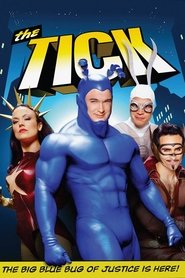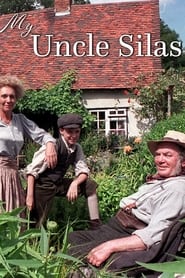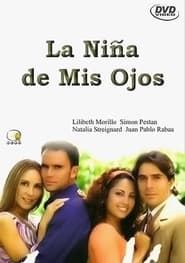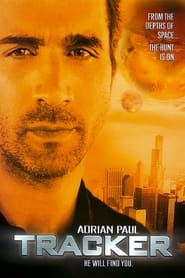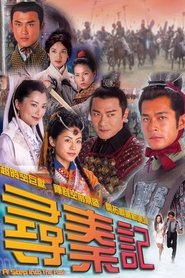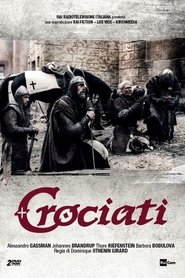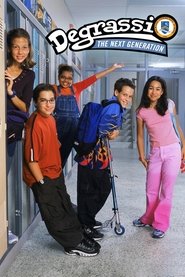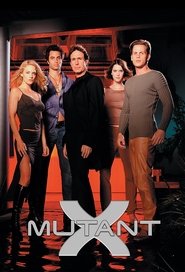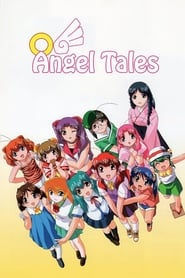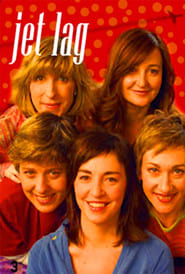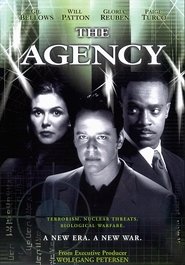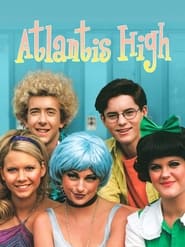New War TV Series on Tubi TV - Page 241
-
Junior G
2001
Junior G
2001
The adventures of the orphan boy Gaurav Ray, who can transform to his secret identity Junior G with his magical ring. The boy got his supernatural ability when he accidentally stumbles into the crash between two asteroids. Emerging a much-empowered child from the collision, his mission becomes to destroy the evil wizard genius, Fyumancho. -
The Tick
2001
The Tick
2001
star 7.2Based on Ben Edlund's cult comic, a mysterious blue avenger teams up with an odd group of superheroes to fight crime. -
Weirdsister College
2001
Weirdsister College
2001
star 7As a follow-up to The Worst Witch serial, we follow Mildred Hubble in her first year at Weirdsister College, a university for students of magic. Similar to her adventures at Cackle's, Mildred usually messes up, but saves the day in the end. The series has a darker side than The Worst Witch, with evil creatures and a possible doomsday. -
My Uncle Silas
2001
My Uncle Silas
2001
star 7In 1901, a middle-class schoolboy whose parents are working abroad spends his summer in Bedfordshire with his great-uncle Silas. Though 60 years old, Silas relishes life—he’s a womanizer, drinker, and a poacher. At the prompting of his long-suffering housekeeper, Mrs. Betts, he takes on the occasional odd job. -
La niña de mis ojos
2001
-
The Bench
2001
The Bench
2001
star 7The Bench is an English-language legal drama series set in a Welsh magistrate's court, produced by BBC Wales, initially broadcast on BBC One Wales and later repeated across the BBC network in an afternoon slot. The series won three BAFTA Cymru awards in 2003, with Eiry Thomas winning Best Actress, Bill Broomfield winning Best Director of Photography - Drama and William Oswald winning Best Editor. -
Tracker
2001
Tracker
2001
star 6.6Tracker is a 2001 Canadian science fiction television series starring Adrian Paul and Amy Price-Francis. The series is based on a short story by Gil Grant and Jeannine Renshaw. The pilot episode and two other episodes were edited into the film Alien Tracker. -
A Step Into The Past
2001
A Step Into The Past
2001
star 7.7A Step into the Past is a 2001 Hong Kong television series produced by TVB and based on Huang Yi's novel of the same Chinese title. The series tells the story of a 21st-century Hong Kong VIPPU officer who travels back in time to the Warring States period of ancient China. He is involved in a number of important historical events that leads to the first unification of China under the Qin Dynasty. The series' first original broadcast ran from 15 October to 7 December 2001 on the TVB Jade network in Hong Kong. -
The Crusaders
2001
The Crusaders
2001
Towards the end of the 11th century, three friends - bell founder Peter, baron's son Richard and shepherd Andrew - set off to join The Crusades, after watching soldiers returning from Jerusalem. -
Degrassi
2001
Degrassi
2001
star 7.5The life of a group of adolescents going through the trials and tribulations of teendom at Degrassi Community School. -
Mutant X
2001
Mutant X
2001
star 6.6Mutant X is a science fiction television series that debuted on October 6, 2001. The show was created by Avi Arad, and it centers around Mutant X, a team of "New Mutants" who possess extraordinary powers as a result of genetic engineering. The members of Mutant X were used as test subjects in a series of covert government experiments. The mission of Mutant X is to seek out and protect their fellow New Mutants. The series was filmed in Toronto, Ontario, Canada. Even though the series had high ratings and was meant to be renewed for a fourth season, it was abruptly canceled in 2004 after the dismantling of Fireworks Entertainment, one of the show's production companies, ending the show on a cliffhanger. -
Angel Tales
2001
Angel Tales
2001
star 8.7Goro keeps losing jobs and has little money. One day he meets a fortune-teller outside of a pet store who predicts that his luck will change. That night three girls appear in his apartment claiming to be his guardian angels. -
Jet Lag
2001
-
The Agency
2001
The Agency
2001
star 6.5The Agency is a CBS television drama that followed the inner-workings of the CIA. The series was created by Michael Frost Beckner and was executive produced by Michael Frost Beckner, Shaun Cassidy Productions and Radiant Productions in association with Universal Network Television and CBS Productions. It aired from September 27, 2001 until May 17, 2003, lasting two seasons. It featured unprecedented filming from the actual CIA headquarters. The show was controversial regarding its exploration of current international affairs and its treatment of the ethical conflicts inherent in intelligence work. Beckner's pilot script, written in March 2001, posited a re-invented CIA tasked with a "War on Terror" after Osama Bin Laden's Al Qaeda terrorist organization plots a lethal attack on the west. The pilot was to premiere at CIA Headquarters on September 18, 2001 and set to air on CBS September 21, 2001, however, the actual 9/11 attacks convinced the network to hold the pilot and instead air a later episode. That first epi -
The Big Battles Of World War II
2001
World War II was the greatest rampage of destruction in the history of humanity - or inhumanity. Over a period of six years, 1939 to 1945, more than 50 million human beings died by violence, disease, exposure, or starvation, as a direct result of the war. In The Big Battles you'll see newsreel and combat footage combined with latter-day interviews with military personnel who experienced the war first-hand. -
Extinct
2001
Extinct
2001
star 8Of all the species that have ever existed, 99.9% are now extinct. This documentary brings to life the compelling stories of these lost creatures and solves the mystery of their demise. -
Murphy's Law
2001
Murphy's Law
2001
star 7.7Detective Sergeant Tommy Murphy is a maverick cop with a dark past. After failing a psychiatric assessment, he is given one last chance by his boss and given a dangerous undercover assignment. Murphy is a loner with little to lose and deals with everything on his own terms. This time around, however, Murphy has an ally in Detective Inspector Annie Guthrie. -
Atlantis High
2001
Atlantis High
2001
star 5.3Atlantis High is a teen comedy TV show, shot in New Zealand in 2001. The plot revolves around 16-year-old Giles Gordon, who has just moved to Sunset Cove, "a beautiful coastal surfing town where the sun is always shining, the people are all beautiful and everything is perfect... or so it seems." He enrolls in Atlantis High School, where he soon discovers that Sunset Cove is unlike any town he's ever seen: populated by double-agents, aliens and high school students with blue hair and pointy ears, its inhabitants are eccentric lunatics who at times turn into superheroes or other whimsical figures. Atlantis High both parodies soap operas and pays homage to spoof television. -
Servants of Evil: Voices from Hitler's Army
2001
Film footage and interviews of German soldiers in various theaters of war.
 Netflix
Netflix
 Amazon Prime Video
Amazon Prime Video
 Apple iTunes
Apple iTunes
 Apple TV Plus
Apple TV Plus
 Disney Plus
Disney Plus
 Google Play Movies
Google Play Movies
 Paramount Plus
Paramount Plus
 Hulu
Hulu
 HBO Max
HBO Max
 YouTube
YouTube
 fuboTV
fuboTV
 Peacock
Peacock
 Peacock Premium
Peacock Premium
 Amazon Video
Amazon Video
 The Roku Channel
The Roku Channel
 AMC+
AMC+
 Kocowa
Kocowa
 Hoopla
Hoopla
 The CW
The CW
 Vudu
Vudu
 Starz
Starz
 Showtime
Showtime
 PBS
PBS
 Pantaflix
Pantaflix
 FXNow
FXNow
 Tubi TV
Tubi TV
 Kanopy
Kanopy
 Comedy Central
Comedy Central
 Crunchyroll
Crunchyroll
 Microsoft Store
Microsoft Store
 Redbox
Redbox
 Sun Nxt
Sun Nxt
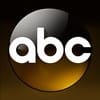 ABC
ABC
 DIRECTV
DIRECTV
 Crackle
Crackle
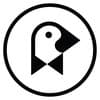 Fandor
Fandor
 Plex
Plex

